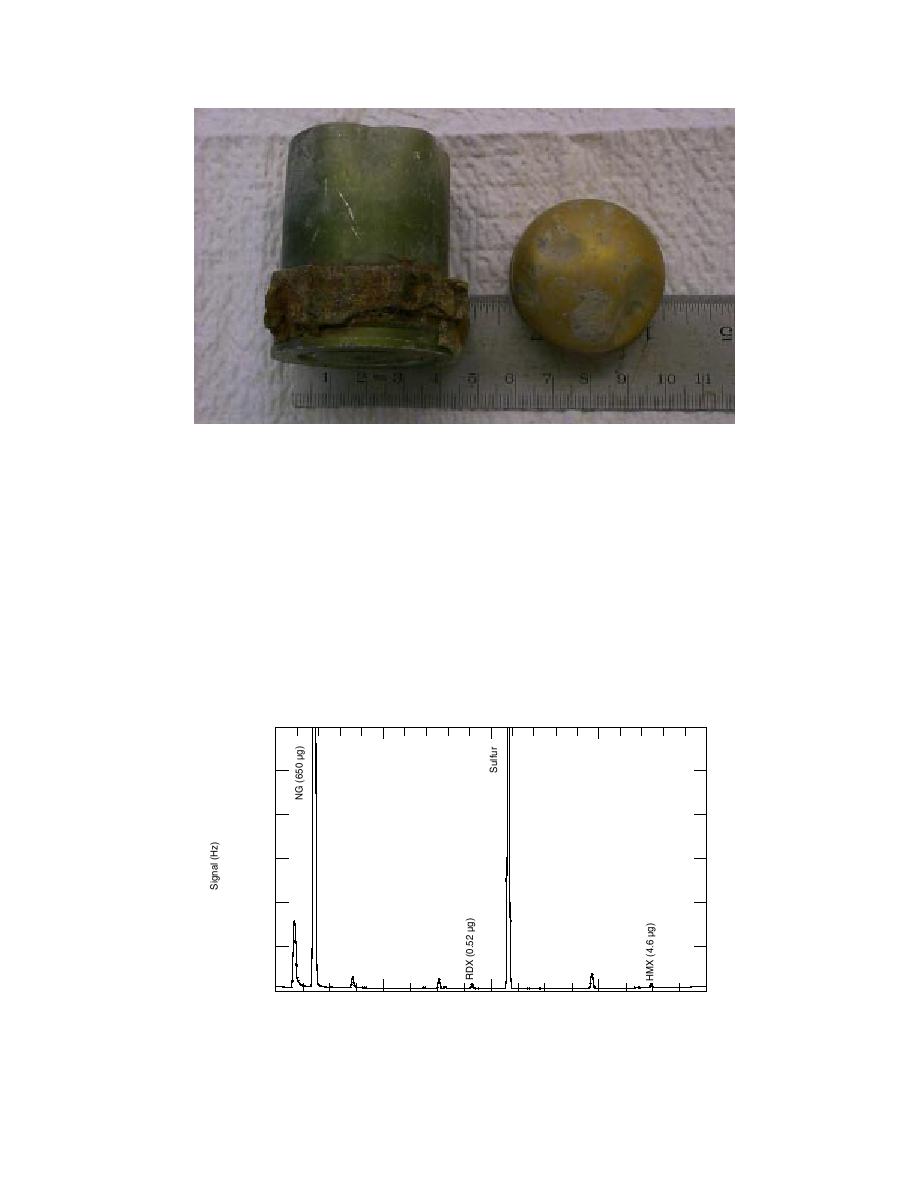
Figure 12. Cartridge case and ogive of a 40-mm grenade that contained resi-
dues of RDX, HMX, and NG.
2000, Jenkins et al. 2001). The Lampkin Range firing
a cratered area. Perhaps the pooling of water in craters
point has been used to fire a variety of weapons.
allows more time for dissolution of the explosives,
Duplicate composite samples along this firing point
followed by either transformation or leaching of
were formed from surface soil collected at 2-m intervals
dissolved components.
(Fig. 16). NG (3.3 and 16.5 g/g ) and 2,4-DNT (0.005
and 0.044 g/g) were detected in both composite
Lampkin range firing point
samples (Fig. 17).
Previous studies have shown that surface soils at
NG is an ingredient in double- and triple-based
firing points can be contaminated with residues of
propellants and 2,4-DNT is added as a plasticizer to
propellants (USAEHA 1994b, Ogden 2000, USCHPPM
30,000
40-mm Cartridge Case
and Soil
25,000
20,000
15,000
10,000
5,000
0
2
6
10
14
18
Time (min.)
Figure 13. Chromatogram (GC-ECD) of solvent extract of empty 40-
mm cartridge case found along firing point.
20



 Previous Page
Previous Page
